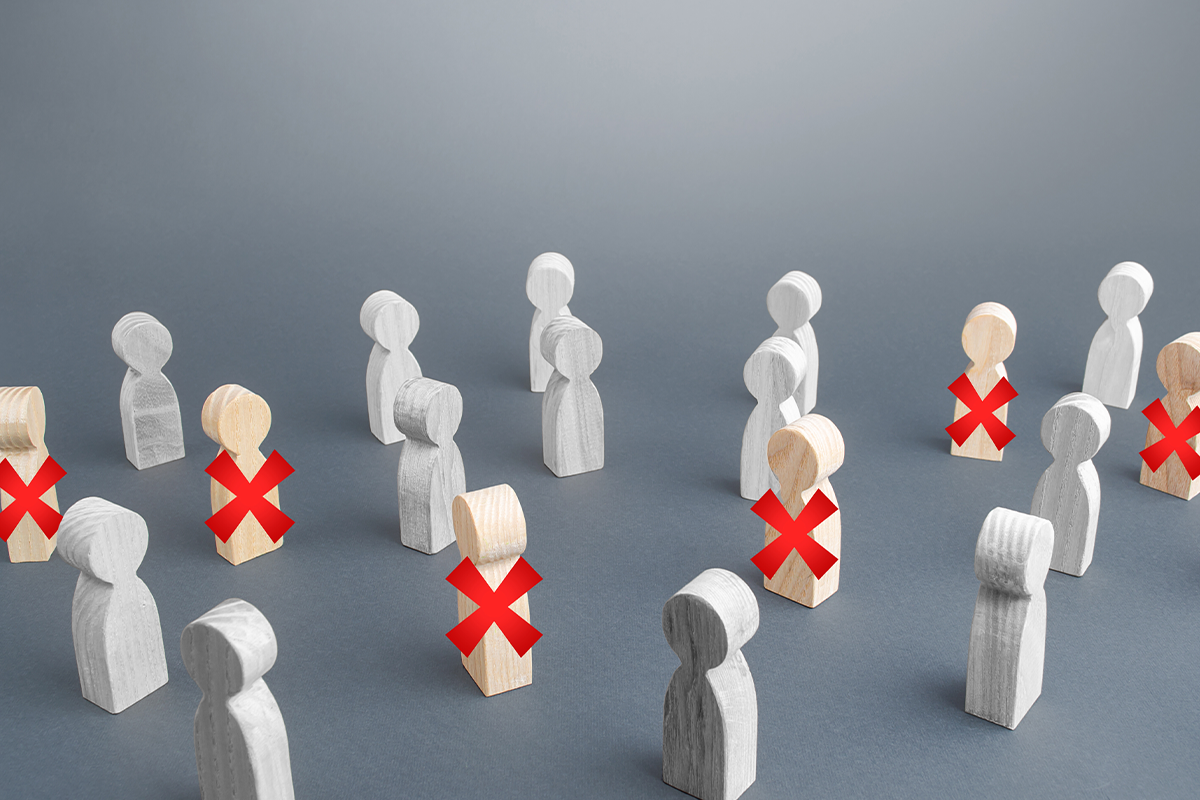A Familiar Anxiety in a New Form
Every few decades, humanity finds itself staring down a machine that threatens to make us obsolete. In the 19th century, it was textile mills and mechanical looms. In the mid-20th century, it was assembly line automation and industrial robots. And now, in the 21st century, it is artificial intelligence — not just machines that move, but machines that think, write, analyse, and even create.
The question resurfaces with fresh urgency: If AI can do my job, what happens to me?
Unlike past waves of automation, which primarily displaced manual labour, this wave is different. It doesn’t just threaten the factory worker’s role but the accountant, the lawyer, the graphic designer, even the teacher. AI isn’t simply about replacing muscles — it is encroaching on our minds.
And yet, history shows us that disruption doesn’t always mean disaster. For every job erased, others have emerged. The challenge is timing: how do workers pivot quickly enough, and how do societies protect those caught in the transition?
Which Jobs Are Most at Risk?
AI thrives in environments where tasks are repetitive, predictable, and data-driven. Wherever human work can be broken into rules, patterns, or formulas, AI is already pushing its way in.
Clerical and Administrative Roles
Data entry clerks, payroll processors, schedulers — these jobs are vanishing. AI systems now manage calendars, transcribe meetings, and generate reports in seconds. What once required human hands on keyboards can now be done by an algorithm that doesn’t tire, doesn’t make typos, and never takes a holiday.
Customer Service and Support
Chatbots and voice AI handle customer complaints, troubleshooting, and order processing. While they’re not perfect, they already replace frontline call centre jobs at scale. The script-reading customer service agent is being replaced by a script-generating AI.
Paralegals and Legal Researchers
Law once felt insulated, but research tasks — scanning case law, summarising contracts, flagging risks — are ripe for automation. While senior lawyers will remain essential for strategy and advocacy, entry-level legal jobs are at risk.
Accounting and Financial Analysis
Basic bookkeeping, invoice processing, and tax preparation are increasingly automated. AI tools can also identify fraud, run compliance checks, and generate financial summaries faster than a junior accountant ever could.
Media and Creative Work
Copywriters, journalists, graphic designers — the creative class isn’t immune. Generative AI produces passable articles, logos, jingles, and videos in minutes. While not all creative jobs will disappear, many entry-level roles may never exist again in their old form.
Transportation and Logistics
Though not directly about AI alone, the rise of self-driving technology means truck drivers, delivery couriers, and taxi drivers are facing long-term decline. AI-driven logistics also reduces the need for dispatchers and route planners.
Why Are These Jobs Vulnerable?
The common thread: predictability.
AI learns best from data that has patterns and repetition. A call script, a financial spreadsheet, or a standard contract are essentially patterns waiting to be learned and repeated. When creativity is bounded by templates, AI excels.
Humans become most vulnerable when their work is:
- Rule-based (following a checklist).
- High-volume (doing the same task many times).
- Low-risk (where mistakes are easy to correct).
This doesn’t mean those jobs lack value. It means AI can mimic them cheaply, making it hard to justify a human salary.
Where Does This Leave the People?
The honest answer is: in flux.
For many, this shift will feel brutal. Workers trained for jobs that vanish won’t always have the financial cushion, the time, or the mental bandwidth to “upskill” overnight. Transition periods have always created social and economic pain.
But there’s also a deeper psychological effect. Work isn’t just about pay; it’s about purpose. When AI strips away roles people have built their identities around, it destabilises more than livelihoods — it shakes their sense of worth.
This is why the conversation about AI and jobs cannot only be about efficiency. It must also be about dignity.
Jobs That AI Can’t Replace (Yet)
Here’s the good news: not all work is equally threatened. There are areas where AI struggles — and will continue to struggle for the foreseeable future.
Human-Centred Care
Nurses, therapists, teachers, social workers — jobs requiring empathy, human touch, and relational trust are difficult for machines to replicate. AI can provide tools, but the bond between people remains irreplaceable.
Creative Strategy and Leadership
AI can remix ideas but struggles to originate vision. A designer can use AI to generate concepts, but choosing which concept matters for a brand requires human intuition, cultural sensitivity, and narrative thinking.
Skilled Trades
Electricians, plumbers, carpenters, hairdressers — physical, hands-on work in unpredictable environments remains resistant to automation.
Complex Negotiation and Advocacy
Diplomats, senior lawyers, union leaders — work that requires persuasion, moral judgment, and cultural nuance isn’t easily reduced to algorithms.
Scientific Discovery and Innovation
While AI can aid discovery, it’s humans who decide which problems are worth solving, which experiments to run, and which directions align with values and ethics.
What Jobs Should People Study For?
The key lies not in avoiding AI but in learning to work with it. The most resilient careers will be those that combine human strengths with AI efficiency.
- AI-Augmented Professions – Doctors using AI diagnostics, architects using generative design, lawyers using AI research. Those who learn to wield the tools will thrive.
- Human-to-Human Roles – Caregiving, therapy, education — professions that depend on empathy and connection.
- STEM and Tech Infrastructure – AI needs builders, maintainers, ethicists, regulators. Skills in data science, AI engineering, and cyber security will be in demand.
- Green and Sustainability Jobs – Renewable energy, conservation, climate tech — areas that require both technical and human input.
- Creativity with Context – Writers, designers, and strategists who can blend AI outputs with human storytelling, cultural sensitivity, and brand voice.
Preparing for the Future: A Personal Reflection
I sometimes imagine explaining this moment to someone from a century ago. “Yes,” I’d say, “we built machines that can write stories, paint pictures, argue cases, and answer questions.”
They might ask: “And what did people do then?”
And the truth would be: we adjusted.
We always have. We moved from fields to factories, from factories to offices, and now, from offices to… something new. Each time, there has been grief, resistance, fear. But also resilience, invention, and hope.
The hardest part isn’t the technology. It’s the courage to reimagine ourselves when our old ways of working fade.
Perhaps the real lesson is this: our jobs are not who we are. They’re chapters in the story of how humans adapt. If AI closes some doors, it also opens others. The challenge — and the opportunity — is to walk through them before fear keeps us standing still.
Not the End of Work, But the Beginning of New Work
Will AI replace millions of jobs? Yes. Will it create new ones? Also yes. The net outcome depends on how fast societies invest in education, how boldly individuals adapt, and how responsibly companies deploy these tools.
The future of work isn’t about competing with machines. It’s about being more human than ever: leaning into creativity, empathy, judgment, and adaptability.
If machines can copy us, then our task is to keep evolving — not to be faster or cheaper, but to be wiser, more connected, and more imaginative.
That’s the work AI can’t take from us.




